How to Use Area Models to Subtract Fractions with Like Denominators
Area models are visual representations that can help students understand fraction subtraction.

A step-by-step guide to Using Area Models to Subtract Fractions with Like Denominators
Here’s a step-by-step guide to using area models to subtract fractions with like denominators:
Step 1: Understand the problem
Make sure you fully understand the fractions you need to subtract. For this example, let’s say we want to subtract \(\frac{5}{6} – \frac{2}{6}\).
The Absolute Best Book for 4th Grade Students
Step 2: Draw the area models
Draw two rectangles of equal size to represent the two fractions you’re subtracting. Label each rectangle with its respective fraction.
Step 3: Divide the area models
Divide each rectangle into equal parts based on the denominator. In our example, both denominators are 6, so divide each rectangle into 6 equal parts.
Step 4: Shade the parts
Shade the parts of the area models based on the numerators. In our example, shade 5 parts of the first rectangle (\(\frac{5}{6}\)) and 2 parts of the second rectangle (\(\frac{2}{6}\)).
A Perfect Book for Grade 4 Math Word Problems!
Step 5: Align the area models
Place the second area model (\(\frac{2}{6}\)) directly above or below the first area model (\(\frac{5}{6}\)) with the shaded parts aligned.
Step 6: Subtract the shaded parts
To subtract the fractions, remove the shaded parts of the second rectangle from the shaded parts of the first rectangle. In our example, remove 2 shaded parts (\(\frac{2}{6}\)) from the 5 shaded parts (\(\frac{5}{6}\)), leaving 3 shaded parts.
Step 7: Write the difference as a fraction
Write the difference using the remaining number of shaded parts as the numerator and the original denominator. In our example, the difference is \(\frac{3}{6}\).
Step 8: Simplify if necessary
- If the resulting fraction can be simplified, do so. In our example, \(\frac{3}{6}\) simplifies to \(\frac{1}{2}\).
So, using area models, we found that \(\frac{5}{6} – \frac{2}{6}= \frac{1}{2}\).
The Best Math Books for Elementary Students
Related to This Article
More math articles
- Top 10 Tips to Overcome TExES Core Subjects Math Anxiety
- Parent Functions
- The Math Detective: How to Find the Case of the Right Simulation that Represents the Situation
- Best Laptops for Middle School Students
- Overview of the ASVAB Mathematics Test
- 5th Grade RICAS Math Worksheets: FREE & Printable
- How to Graph the Sine Function?
- How to Use the Law of Cosines to Find Angle Measure?
- Geometry Puzzle – Critical Thinking 16
- 7th Grade IAR Math Practice Test Questions
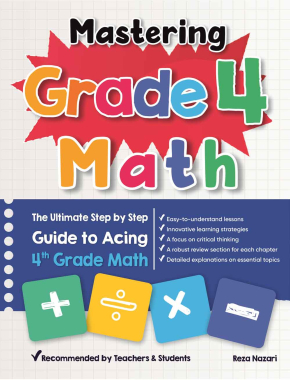
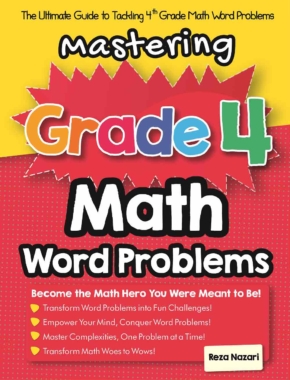
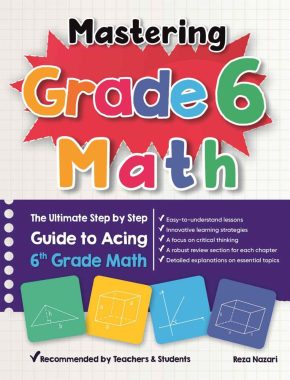
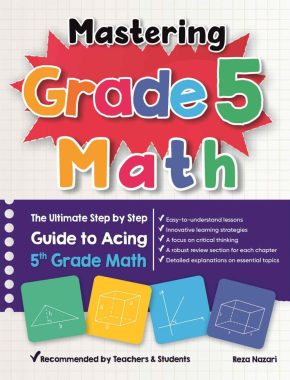
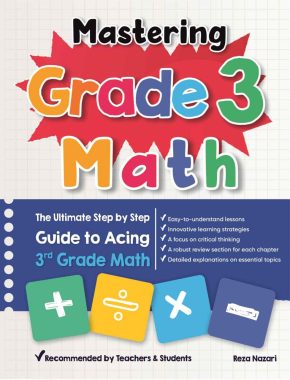
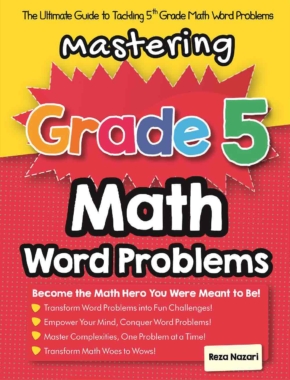
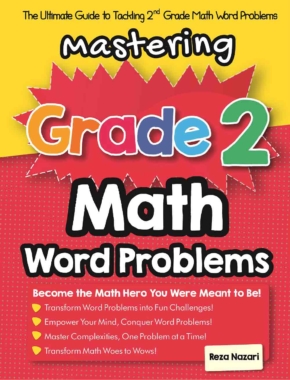
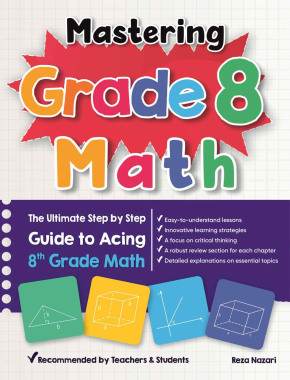










What people say about "How to Use Area Models to Subtract Fractions with Like Denominators - Effortless Math: We Help Students Learn to LOVE Mathematics"?
No one replied yet.